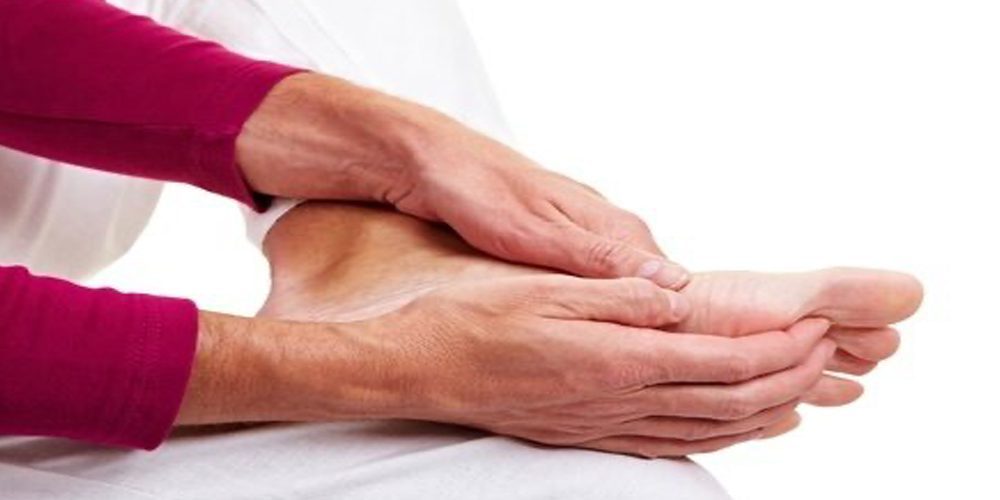You may be wondering why osteomyelitis is important to know about. Well, let’s imagine that you’re a parent and your child falls and scrapes their knee. You clean the wound and put a bandaid on it, but then a few days later your child starts running a high fever and complains about pain in their knee. You take them to the doctor, and after doing some tests, the doctor tells you that your child has osteomyelitis and needs surgery immediately. If you hadn’t known anything about osteomyelitis, you would have been caught off guard and might not have known what to do. But because you read this article, you’re now armed with the knowledge you need to make the best decisions for your child.
One common challenge that people face when they don’t know how to osteomyelitis is not knowing what to do if they or someone they know gets infected. Another challenge is that people may not seek medical help because they don’t know what the symptoms of osteomyelitis are. And finally, some people may not be able to afford to get treatment for osteomyelitis if they don’t have health insurance.
If you’re having a tough time with osteomyelitis, this article is for you.
Osteomyelitis can be hard to deal with, especially if it affects your everyday life. This article will cover the symptoms of osteomyelitis, how osteomyelitis is diagnosed and treatment options including surgery and antibiotics. It will also discuss prevention steps which include good hygiene habits like washing hands frequently and avoiding making contact with any infected wounds or scabs on another person’s skin. Finally, we’ll talk about resources related to osteomyelitis such as links to websites that have more information about osteomyelitis such as Mayo Clinic and WebMD.
What is osteomyelitis?
Osteomyelitis is a bone infection caused by bacteria that travel into the body through cuts or breaks in the skin. It can be found anywhere in the body, including your arm, pelvis, spine or even your jaw. The symptoms of osteomyelitis are high fever and pain in the infected area. If left untreated, it can lead to chronic infection and swelling around the infected area.
The importance of osteomyelitis cannot be overstated. This bone infection can cause a great deal of pain and discomfort, and if left untreated, can lead to more serious health complications. It is important to seek medical attention if you suspect you may have osteomyelitis, as early diagnosis and treatment is key to preventing further damage.
The Causes of Osteomyelitis
The cause of osteomyelitis can vary, but it is most often caused by bacteria that travel into the body through cuts or breaks in the skin. You may be more likely to develop osteomyelitis if you have a weakened immune system, as your body will be less able to fight off infection. Other factors that can increase your risk include diabetes, smoking, alcohol abuse and obesity.
The main causes of Osteomyelitis include:
– Osteomyelitis can also be caused by a bloodstream infection. If bacteria enter the bloodstream, it can travel to the bones and cause infection.
– Injuries can also cause osteomyelitis. A cut or break in the skin can provide a pathway for bacteria to enter the body and infect the bone.
– Surgery can also be a cause of osteomyelitis. If surgery is not done properly or if instruments are not properly sterilized, bacteria can be introduced into the bone and cause infection.
The Risks of Untreated Osteomyelitis
If osteomyelitis is not treated, it can lead to a number of serious health complications. These include:
– Chronic infection and swelling around the infected area
– Damage to the bone and surrounding tissue
– Amputation of the infected limb
– Bone Death
The best way to avoid these risks is to seek medical attention as soon as you suspect you may have osteomyelitis. Early diagnosis and treatment are key to preventing further damage.
Symptoms of Osteomyelitis
The symptoms of osteomyelitis can vary depending on the location of the infection. However, some common symptoms include:
– Fever
– Pain in the infected area
– Redness and swelling around the infected area
– Difficulty walking or using the infected limb
– Unexplained fatigue
On some occasions, osteomyelitis doesn’t cause signs or symptoms at all or they are hard to distinguish from other conditions. So when in doubt, please seek medical advice as soon as possible to rule out other conditions or be on the safe side.
How is Osteomyelitis diagnosed?
Osteomyelitis can be difficult to diagnose as the symptoms can mimic other conditions. However, there are a few methods that doctors use to help with diagnosis. These include:
– A physical examination – your doctor will check for redness, swelling and pain around the infected area. They may also test your range of motion and ask about your symptoms.
– Imaging tests – these tests help your doctor see inside your body and can help identify any abnormalities or infection in the bones. Imaging tests include X-rays, CT scans and MRIs.
– Blood tests – blood tests can help determine if you have an infection and which type of infection it is.
– Bone biopsy – in rare cases, a bone biopsy may be necessary to confirm the diagnosis of osteomyelitis. This is where a small sample of bone is removed and examined under a microscope.
Osteomyelitis can be a very serious infection, and if left untreated, can lead to a number of health complications. It is important to seek medical attention as soon as you suspect you may have osteomyelitis, as early diagnosis and treatment is key to preventing further damage. Your doctor will be able to perform tests to help with diagnosis and determine the best treatment plan for you.
Treatment Options for Osteomyelitis
The treatment options for osteomyelitis will vary depending on the cause and severity of the infection. Treatment may include:
– Surgery – Surgery may be necessary to remove the infected bone, clean the wound and promote healing.
– Antibiotics – antibiotics are often prescribed to treat osteomyelitis caused by bacteria.
– Immobilization – if osteomyelitis affects a limb, you may need to immobilize the limb in order to prevent further damage. This may include using a cast or brace.
There are different surgery methods to take care of osteomyelitis. One way is to drain the infected area. This can be done by making a small cut in the skin and letting the infection come out. Another surgery method is to remove the diseased bones and tissue. This can help stop the infection from spreading. A third surgery method is to restore blood flow to the bone. This helps bring new blood and nutrients to the bone so it can heal. The fourth surgery method is to remove foreign objects from inside or around the bone. If there are things inside of or around the bone that shouldn’t be there, surgeons will remove them in order to help heal osteomyelitis. The last surgery method is amputating (cutting off) the diseased bone. This is usually a last resort if all other methods have failed.
Intravenous antibiotics are often prescribed to help treat osteomyelitis. These antibiotics are delivered directly into your bloodstream, which helps to ensure that the antibiotics reach the infected area quickly and effectively. You may be given intravenous antibiotics for a few days, or up to several weeks, depending on the severity of your infection.
Prevention Steps to Avoid Getting Osteomyelitis
There are a few things you can do to help reduce your risk of getting osteomyelitis:
– Keep cuts and scrapes clean and covered – this will help prevent bacteria from entering the wound and causing an infection.
– Follow doctor’s orders – if you are prescribed antibiotics, be sure to take them as directed.
– Practice good hygiene – washing your hands regularly and keeping your body clean will help reduce your risk of infection.
– Maintain a healthy lifestyle – eating a balanced diet and getting plenty of exercise will help keep your immune system strong and reduce your risk of infection.
Resources on the Topic of Osteomyelitis
If you would like more information on osteomyelitis, the following resources may be helpful:
Mayo Clinic – https://www.mayoclinic.org/diseases-conditions/osteomyelitis/symptoms-causes/syc-20375913
WebMD – https://www.webmd.com/diabetes/osteomyeltis-treatment-diagnosis-symptoms
NHS UK – https://www.nhs.uk/conditions/osteomyelitis/
Medline Plus – https://medlineplus.gov/ency/article/000437.htm
While osteomyelitis is not a common condition, it can be serious and lead to complications if left untreated. The treatment options will depend on the severity of your osteomyelitis as well as other factors such as what caused the infection in the first place. Prevention steps should include washing hands regularly and maintaining good hygiene. If you are prescribed antibiotics for osteomyelitis, it’s important that you take them per doctor’s orders or else risk developing antibiotic resistance down the road. Lastly, if osteomyelitis is severe enough, surgery may be the best treatment option.
Final thoughts
It’s important to listen to your body and not just brush off a symptom as something that will go away. If you are experiencing osteomyelitis symptoms, please see a doctor as soon as possible for diagnosis and treatment. Osteomyelitis can be a serious infection that can affect your everyday life, so it’s important to get it treated as soon as possible.
If you already have it or know someone who has gone through treatment, please share your experiences and thoughts in the comments below.
























